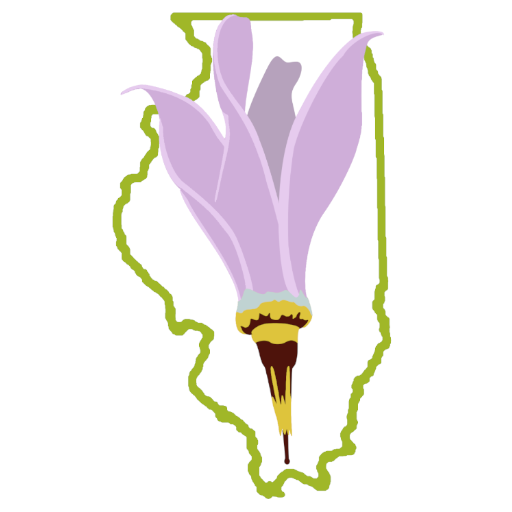Chiwaukee Prairie: steps in time
The distance from the Lake Michigan shore at the Wisconsin-Illinois border to the Union Pacific railway tracks is roughly one mile. In that mile lies 10,000 years of the Earth’s history, from the last glacier’s retreat to today’s ridges and swales—and you can walk it in less than half an hour. The railway tracks, dug by pick-axes and shovels, were leveled on the Holocene Ridge, as is shown in the 1864 county maps.
That ridge tells us that the Lake Michigan shore, known as Lake Chicago, receded to form what is now the Zion beach-ridge plain which is made of sand and gravel. It extends 18 miles from the Kenosha Dunes in Wisconsin, south to the Waukegan Dunes, and ends at the Waukegan Harbor in Illinois.
Beginning at the beach, our most recent lake levels and shores are reduced from those of the past. Beach erosion and deposition have repeatedly added to and subtracted from the shore. Soil borings from the lake to the railway tracks show from 3,000 to 4,000 years of advance and retreat.
What’s underfoot is as interesting in deposition strata as the current prairie is in sedge meadow vegetation.
The vegetation has also changed over time. Post-glacial temperatures favored cold-tolerant species such as birches and aspens now more commonly seen in Door County, Wisconsin. A few tree and herb species such as paper birch are known as relicts. They persist in small numbers and are a reminder of the past.
Walking the Chiwaukee Prairie can fill people with an enormous expanse of time—spanning from barren shores, to trappers and traders, to forts and docks, to cities built along the shore.
New properties west of the railway have recently been purchased by the Nature Conservancy, with restoration projects planned for this year. The ever-changing nature of this western Lake Michigan coastline reminds us that we live in an area of rich geologic and vegetation history.

